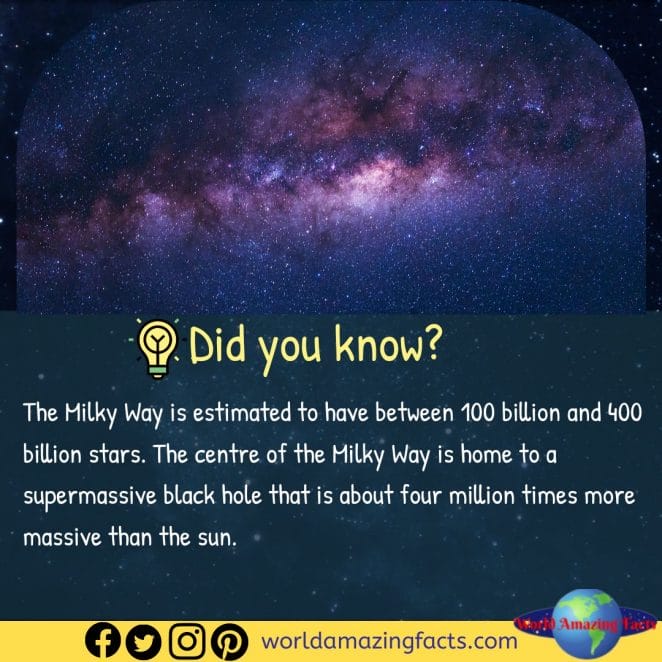At the center of our galaxy, the Milky Way, lies a supermassive black hole called Sagittarius A*. It is about 4 million times more massive than our Sun, and is so dense that not even light can escape its gravitational pull.
Sagittarius A* has long been a mystery to astronomers. But in recent years, thanks to advances in technology, we have been able to learn more about this incredible object. We now know that Sagittarius A* is surrounded by a hot, swirling disk of gas and dust. This disk is constantly falling into the black hole, and as it does so, it releases enormous amounts of energy. This energy is what powers the bright radio source that is Sagittarius A*.
Sagittarius A* is not just a curiosity. It has a profound impact on the Milky Way. The gravity of the black hole helps to keep the galaxy’s stars in orbit. It also helps to create new stars by providing a source of material for star formation.
Sagittarius A* is a powerful reminder of the vastness and complexity of the universe. It is also a testament to the power of human ingenuity. By studying Sagittarius A*, we are not only learning more about our own galaxy, but we are also gaining insights into the nature of black holes and the cosmos as a whole.
The Profound Impact of Sagittarius A on Billions of Stars*
The supermassive black hole at the center of the Milky Way, Sagittarius A*, has a profound impact on billions of stars. The gravity of the black hole helps to keep the stars in orbit around the center of the galaxy. It also helps to create new stars by providing a source of material for star formation.

The stars in the Milky Way are not evenly distributed. They are concentrated in a disk-shaped region around the center of the galaxy. This disk is about 100,000 light-years in diameter and contains about 100 billion stars.
The center of the Milky Way is located in the constellation Sagittarius. It is a region of intense star formation. The black hole at the center of the galaxy, Sagittarius A*, is thought to be responsible for this star formation.
The black hole attracts gas and dust from the surrounding region. As this material falls into the black hole, it heats up and emits radiation. This radiation causes the surrounding gas and dust to heat up and glow. This is what we see as the bright region around Sagittarius A*.
The black hole at the center of the Milky Way is a powerful force that affects the lives of billions of stars. It helps to keep the stars in orbit, it helps to create new stars, and it provides a source of energy for the region around the center of the galaxy.
The Future of Sagittarius A*
The supermassive black hole at the center of the Milky Way, Sagittarius A*, is a dynamic object. It is constantly changing and evolving.
Over time, the black hole will continue to grow. It will do this by accreting more gas and dust from the surrounding region. As the black hole grows, it will become more powerful.
The increased power of the black hole will have a number of effects on the Milky Way. It will cause more star formation, it will heat up the surrounding gas and dust, and it will emit more radiation.
The future of Sagittarius A* is uncertain. It is possible that the black hole will eventually merge with another black hole. This would create a supermassive black hole that is even more powerful.
It is also possible that the Milky Way will collide with another galaxy. This would cause the black holes at the center of the two galaxies to merge. This would create a supermassive black hole that is even more powerful than the one that is currently at the center of the Milky Way.
The future of Sagittarius A* is a mystery. But one thing is for sure: it will continue to have a profound impact on the Milky Way for billions of years to come.





GIPHY App Key not set. Please check settings